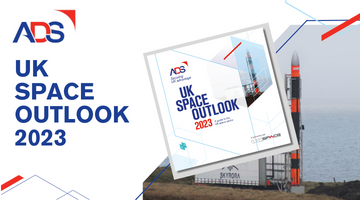The European Space Agency’s Rosetta Mission captivated the nation and marked huge progression into space research.
Now, using UK-designed technology, Philae has fed back data which details the compounds detected on the comet nucleus through ‘miniature laboratory’, Ptolemy.
Ptolemy is specialised in analysing light elements, such as hydrogen, carbon, nitrogen and oxygen. It can also be used to analyse volatiles such as water, carbon monoxide and noble gases, as well as light organic compounds.
The chemical analysis instrument was designed and built in the UK by RAL Space, the Open University and the Rutherford Appleton Laboratory. As one of the only elements of Philae with the capability to detect geochemical compounds, Ptolemy is a crucial part of the lander and central to the success of the space mission, which is now in its eleventh year.
Further to Ptolemy’s successful data collection – despite an initial bumpy landing – are the findings it has retrieved: the compound-data gathered includes formaldehyde, water vapour, carbon monoxide and carbon dioxide. The organic compound, formaldehyde, is a key interest because of its implication in the formation of ribose, which also features in DNA.
Ptolemy is not the only UK technology to be featured on Philae: a total of ten UK companies are involved in the programme – 20% of the number of contractors in 14 countries across Europe, including:
- e2V: controlled the lander’s descent;
- ABSL Space Products: the lander’s probe will be powered by lithium-ion batteries;
- Surrey Satellite Technologies Ltd has developed a momentum wheel;
- Airbus Defence and Space provided the spacecraft platform;
- CGI Group supported the mission design phase with studies into long mission lifetimes and produced elements of the on-board software;
- European Space Tribology Laboratory (ESTL) supported the development of many of the mechanical systems for the mission and designed and supplied the lubricant for an atomic force microscope;
- Moog developed the helium storage tanks for the Ptolemy instrument and supplied the valves for Rosetta’s propulsion system;
- SciSys developed the ground control software systems for the mission and supports the flight dynamics planning of the mission;
- Telespazio VEGA developed the mission simulator used to train ESA Operations engineers and co-developed many of the spacecraft, lander and instrument sub-systems.
The progress made, not only by the mission as a whole, but specifically the British technology used, is a huge milestone for UK space development. The media frenzy around Rosetta in the run-up to its descent demonstrated the fascination the UK has for space exploration.
The UK space industry should capitalise on this momentum.
In November this year, Major Tim Peake will be the first British Astronaut to complete a spacewalk in 20 years. At present, Immarsat, the UK Space Agency and Harwell – a leading science, innovation, technology and business campus – are jointly responsible for Europe’s largest and most sophisticated telecommunications satellite.
News such as this, much like the Rosetta mission, brings to life just how influential and important the UK space industry is on a European and global basis. It is up to the sector to propagate this message both nationally and internationally to encourage more to explore a career in space research.





